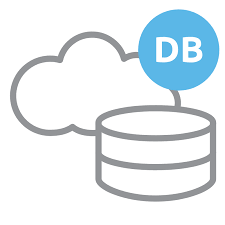SQL (Structured Query Language) is a standardized programming language used for managing relational databases and performing various operations on the data in them. Initially created in the 1970s, SQL is regularly used by database administrators, as well as by developers writing data integration scripts and data analysts looking to set up and run analytical queries.
RDBMS stands for Relational Database Management System. RDBMS is the basis for SQL, and for all modern database systems such as MS SQL Server, IBM DB2, Oracle, MySQL, and Microsoft Access. The data in RDBMS is stored in database objects called tables. A table is a collection of related data entries and it consists of columns and rows.
SQL commands are divided into several different types, among them data manipulation language (DML) and data definition language (DDL) statements, transaction controls and security measures.

Some of The Most Important SQL Commands:
Syntax: SELECT column1, column2, ...
FROM table_name;
SELECT * FROM table_name;
Syntax: UPDATE table_name
SET column1 = value1, column2 = value2, ...
WHERE condition;
Syntax: DELETE FROM table_name
WHERE condition;
Syntax: INSERT INTO table_name (column1, column2, column3, ...)
VALUES (value1, value2, value3, ...);
Syntax: create database database_name;
Syntax:
CREATE TABLE table_name (
column1 datatype,
column2 datatype,
column3 datatype,
....
);
Syntax:
ALTER TABLE table_name
ADD column_name datatype;
Syntax: DROP TABLE table_name;
Syntax: CREATE INDEX index_name
ON table_name (column1, column2, ...);
Syntax: DROP INDEX table_name.index_name;
Please go through the link:
https://www.youtube.com/watch?v=3J0n7BABEsU
